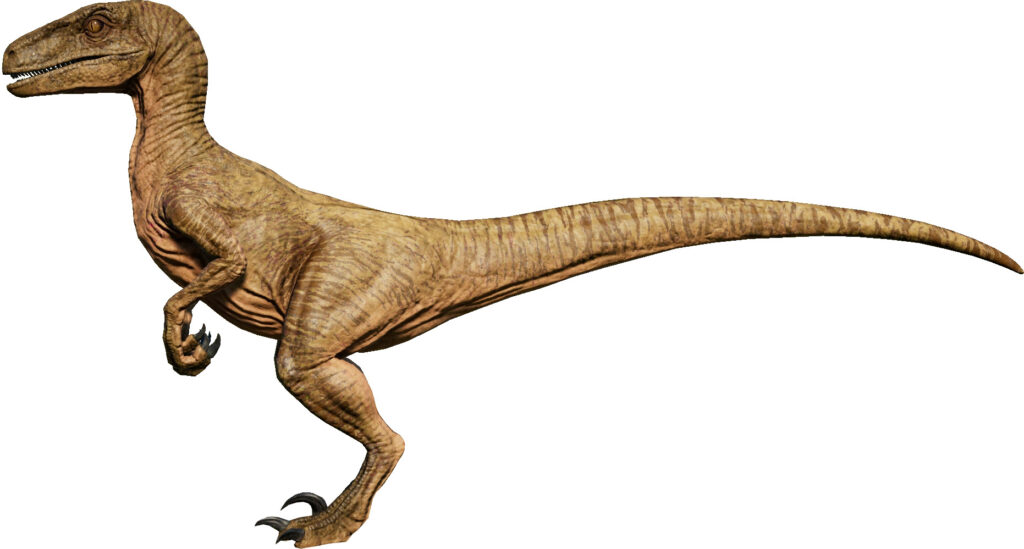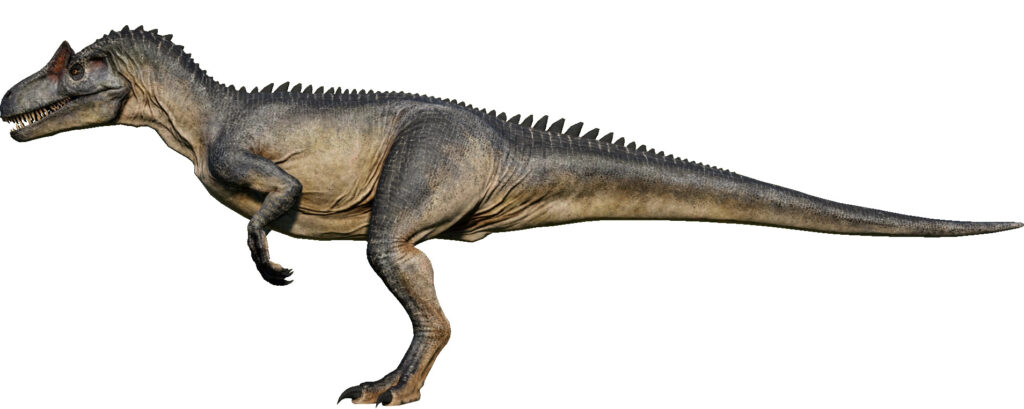Introduction
The ancient world was filled with awe-inspiring creatures, and none were more formidable than the carnivorous dinosaurs. These prehistoric predators ruled the land with their sharp teeth, powerful limbs, and insatiable hunger for meat.
In this comprehensive guide, we will explore different fascinating carnivorous dinosaurs, each with its unique characteristics and hunting strategies. From the ferocious Tyrannosaurus rex to the agile Velociraptor, journey with us as we delve into the thrilling world of carnivorous dinosaurs.
Definition of Carnivorous Dinosaurs
Carnivorous dinosaurs, also known as theropods, were a diverse group of prehistoric reptiles that belonged to the larger group of dinosaurs. The term “carnivorous” indicates that these dinosaurs primarily subsisted on a diet of meat, making them fearsome predators of their time.
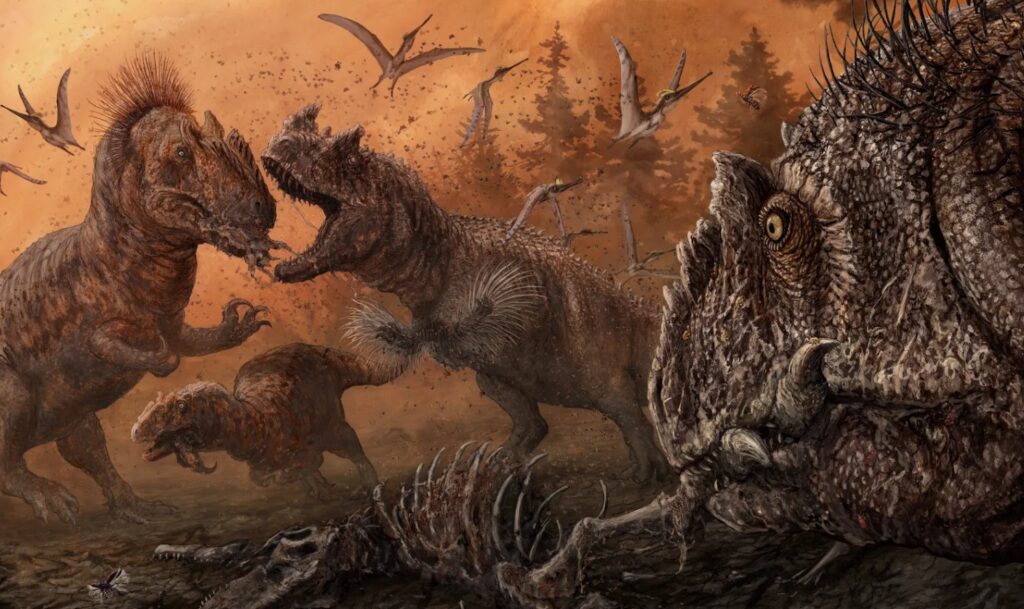
Taxonomy of Carnivorous Dinosaurs
Carnivorous dinosaurs encompassed various families, genera, and species, each with its unique characteristics and adaptations for hunting. Some well-known examples include Tyrannosaurus rex, Velociraptor, Spinosaurus, Allosaurus, and Giganotosaurus.
Evolutionary History
The evolution of carnivorous dinosaurs can be traced back to the Late Triassic period. Over millions of years, these dinosaurs underwent significant changes, developing specialized features that allowed them to become efficient hunters.
Geographical Distribution
Carnivorous dinosaurs were widespread across various continents during the Mesozoic era. The fossil record provides evidence of their geographic distribution and how their presence changed over time.
For instance, the famous Tyrannosaurus rex was found in what is now western North America, while the Giganotosaurus lived in South America. The fossil evidence from different regions provides valuable insights into how different ecosystems supported diverse carnivorous dinosaur communities.
Understanding their geographical distribution allows us to piece together the broader picture of dinosaur evolution and how these creatures adapted to different environments.
Characteristics of Carnivorous Dinosaurs
Carnivorous dinosaurs possessed a set of distinguishing features that set them apart from other dinosaur groups. These characteristics were essential for their survival and success as apex predators.

Physical Traits
- Bipedalism: Most carnivorous dinosaurs were bipedal, meaning they walked on two legs. This posture provided them with increased speed and agility, allowing for effective pursuit of prey.
- Sharp Teeth: Carnivorous dinosaurs had razor-sharp teeth designed to rip and tear flesh. The teeth were often serrated, facilitating efficient meat consumption.
- Claws: Many theropods had sharp, curved claws on their hands and feet, which aided in grasping and subduing their prey.
- Forward-Facing Eyes: Their eyes were positioned towards the front of their heads, providing binocular vision for better depth perception during hunting.
Hunting Strategies
- Pursuit Predators: Some carnivorous dinosaurs, like Tyrannosaurus rex, were pursuit predators, relying on their powerful legs to chase down prey over short distances.
- Pack Hunters: Other theropods, such as Velociraptor, exhibited pack hunting behavior. They collaborated with fellow members of their species to take down larger prey.
- Ambush Tactics: Some carnivorous dinosaurs, like Allosaurus, employed ambush tactics, lying in wait for unsuspecting prey to come close before launching a surprise attack.
Diet and Feeding Behavior
Carnivorous dinosaurs exhibited a diverse range of feeding strategies and ecological roles, depending on their species and the ecosystems they inhabited.
As apex predators, some carnivorous dinosaurs occupied the top trophic level, meaning they had no natural predators. These dinosaurs played a crucial role in controlling the population of herbivorous dinosaurs and other prey species, helping to maintain ecological balance.
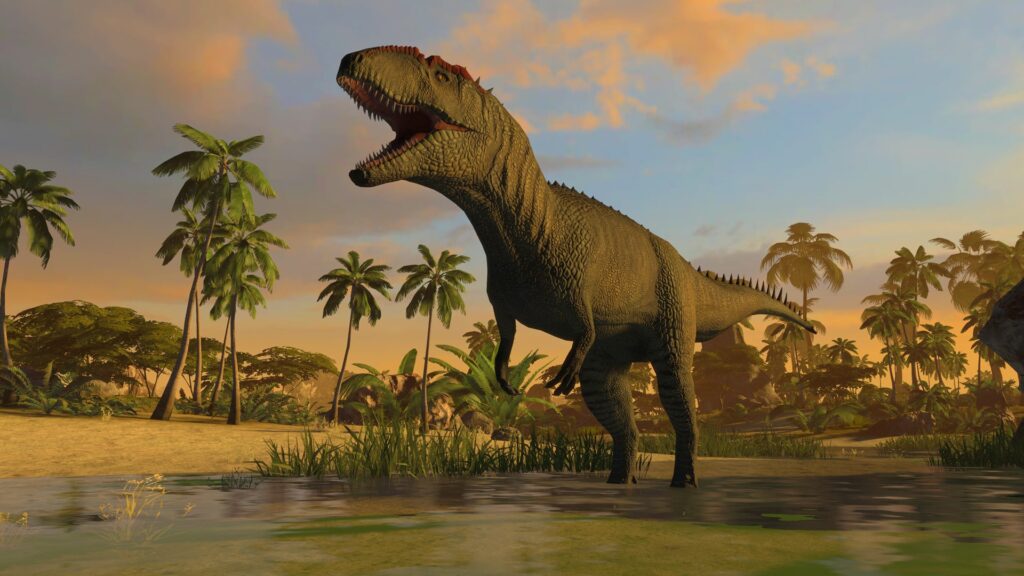
Scavenging was another feeding strategy observed in some carnivorous dinosaurs. These dinosaurs likely fed on the remains of animals that had died from natural causes or had been killed by other predators. Scavenging provided an additional food source, especially during times when hunting opportunities were scarce.
Some theropods were also opportunistic predators, hunting and consuming a wide range of prey, from small reptiles and mammals to larger herbivorous dinosaurs. These flexible feeding strategies allowed carnivorous dinosaurs to adapt to changing environmental conditions and exploit various food resources.
Evidence of Carnivorous Diets
Paleontologists gather evidence of the diet of carnivorous dinosaurs from various sources, providing insights into their feeding habits and ecological roles.
Fossilized Remains
- Tooth Shape and Wear: Examination of fossilized teeth reveals their shape and wear patterns, providing clues about the types of food the dinosaur consumed.
- Gut Contents: In rare cases, fossilized stomach contents have been found, shedding light on the last meal of the carnivorous dinosaur.
- Coprolites: Fossilized feces, known as coprolites, can provide information about the undigested remains of the dinosaur’s diet.
Comparative Anatomy
Comparing the anatomy of carnivorous dinosaurs to that of modern-day predators allows scientists to infer their feeding behavior and ecological niches.
Parental Care
The discovery of nesting sites and evidence of parental care in certain species of carnivorous dinosaurs has provided intriguing insights into their reproductive strategies. While much of their reproductive behavior is inferred from fossil evidence, findings such as preserved nesting sites and fossilized embryos have shed light on their nesting habits.
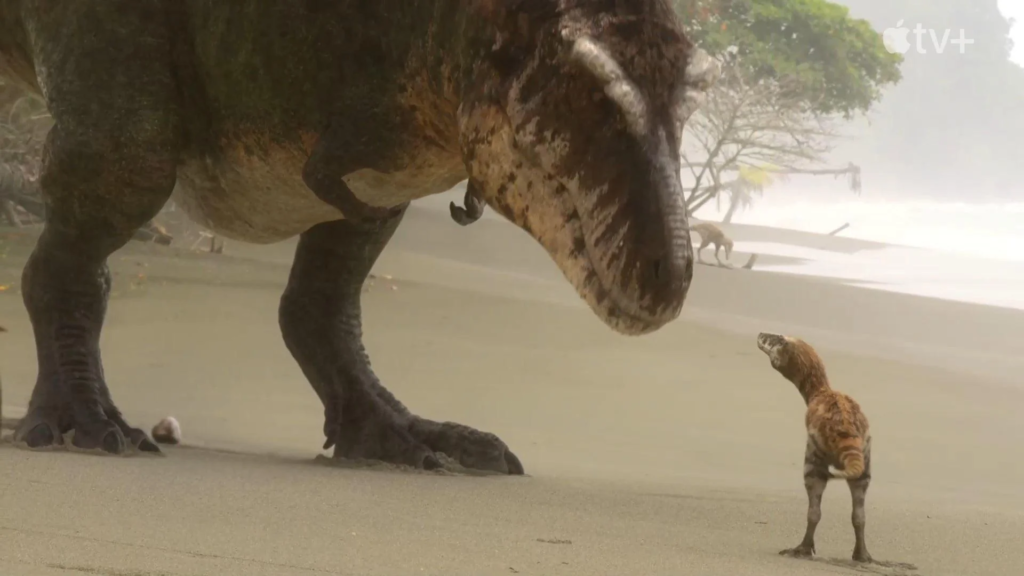
The study of these nesting sites has revealed fascinating details about the nesting behaviors of these dinosaurs. For instance, researchers have found evidence of communal nesting sites where multiple individuals of the same species laid their eggs together, possibly indicating a degree of social behavior.
The presence of fossilized embryos within some eggs suggests that carnivorous dinosaurs were attentive parents, guarding their nests and potentially providing some form of parental care to their offspring. These discoveries provide a glimpse into the nurturing side of these ancient predators and how they ensured the survival of their young.
Predator-Prey Coevolution
The concept of coevolution refers to the reciprocal influence that two or more species have on each other’s evolution. In the context of carnivorous dinosaurs, this means considering how their interactions with prey species influenced their respective evolutionary paths.
As predators, carnivorous dinosaurs exerted selection pressure on their prey, leading to adaptations that improved the prey’s ability to evade or defend against predation. This could include traits such as increased speed, agility, or the development of defensive structures like armor or spines.
On the other hand, carnivorous dinosaurs evolved to become better hunters, with adaptations like larger size, stronger jaws, and faster running speeds.
This ongoing coevolutionary relationship shaped the characteristics and behaviors of both carnivorous dinosaurs and their prey, resulting in complex and dynamic ecosystems.
Ecological Role of Carnivorous Dinosaurs
Carnivorous dinosaurs played a pivotal role in shaping prehistoric ecosystems. As top predators, they controlled the populations of herbivorous dinosaurs, which, in turn, influenced the distribution and behavior of plant life. Their predatory presence helped maintain a balance in the ecosystem by controlling herbivore populations.
Furthermore, the ecological influence of carnivorous dinosaurs extended beyond their hunting activities. As apex predators, they were involved in nutrient cycling and energy flow within their ecosystems. Their feeding habits affected the distribution and survival of other organisms, creating a complex web of interactions that influenced the overall health and dynamics of prehistoric environments.
The absence of carnivorous dinosaurs following their extinction had profound effects on the Mesozoic ecosystems. The removal of top predators allowed herbivore populations to surge unchecked, leading to significant shifts in vegetation and the subsequent diversification of other animal groups.
List of Carnivorous Dinosaurs
Carnivorous dinosaurs, scientifically classified as theropods, represented a highly diverse and awe-inspiring group of ancient reptiles that played a pivotal role in shaping prehistoric ecosystems. Thriving during various geological periods, these formidable predators were essential components of the intricate web of life that existed millions of years ago.
In the enthralling realm of paleontology, we find a rich compilation of some of the most intriguing carnivorous dinosaurs, each possessing its own distinct characteristics and leaving an indelible mark on the history of our planet.
Below, we present an extensive and captivating list of these prehistoric predators, offering a glimpse into their remarkable diversity and evolutionary adaptations. As we delve into the chronicles of these majestic creatures, we unravel their unique traits and unravel the mysteries surrounding their lives, contributing to our understanding of the ancient world they once dominated.
Tyrannosaurus Rex
Tyrannosaurus rex, often referred to as T. rex, is arguably the most famous of all dinosaurs. It was a giant bipedal predator known for its massive size and powerful jaws, equipped with large, sharp teeth. This apex predator roamed North America during the Late Cretaceous period, approximately 68 to 66 million years ago.
Its name translates to “tyrant lizard king,” which perfectly suits its fearsome nature. T. rex was a skilled hunter, preying on other large dinosaurs and scavenging when necessary.
Velociraptor
Velociraptor, commonly abbreviated as “raptor,” was a small yet cunning dinosaur that lived during the Cretaceous period. Contrary to its portrayal in popular media, Velociraptors were not as large as depicted in movies.
They were about the size of a turkey, agile, and highly intelligent. With their sharp, curved claws and keen senses, Velociraptors were efficient hunters, often employing pack tactics to take down larger prey.
Spinosaurus
Spinosaurus was a massive theropod dinosaur that lived in North Africa during the mid-Cretaceous period. It is known for its distinctive sail-like structure on its back, likely used for display and thermoregulation. Spinosaurus is believed to have been semi-aquatic, spending much of its time in water, where it hunted fish and other aquatic creatures.
With its long, crocodile-like snout and conical teeth, Spinosaurus was well-adapted to catching slippery prey in water.
Allosaurus
Allosaurus was a fearsome predator that roamed North America during the Late Jurassic period. It was one of the largest theropod dinosaurs of its time, with a powerful build and a mouthful of sharp, serrated teeth. Allosaurus was an apex predator and likely hunted herbivorous dinosaurs, using its strong jaw muscles to deliver bone-crushing bites.
Giganotosaurus
Giganotosaurus was a colossal dinosaur that lived in South America during the Late Cretaceous period. It is often compared to Tyrannosaurus rex in terms of size and hunting capabilities. Giganotosaurus was an apex predator, capable of taking down enormous herbivorous dinosaurs with its powerful bite and sharp teeth.
Carcharodontosaurus

Carcharodontosaurus was another giant predator that inhabited North Africa during the mid-Cretaceous period. Its name means “shark-toothed lizard,” and rightfully so, as it possessed large, serrated teeth resembling those of a shark. This fearsome predator likely hunted in packs, cooperating to bring down massive sauropods and other large dinosaurs.
Utahraptor
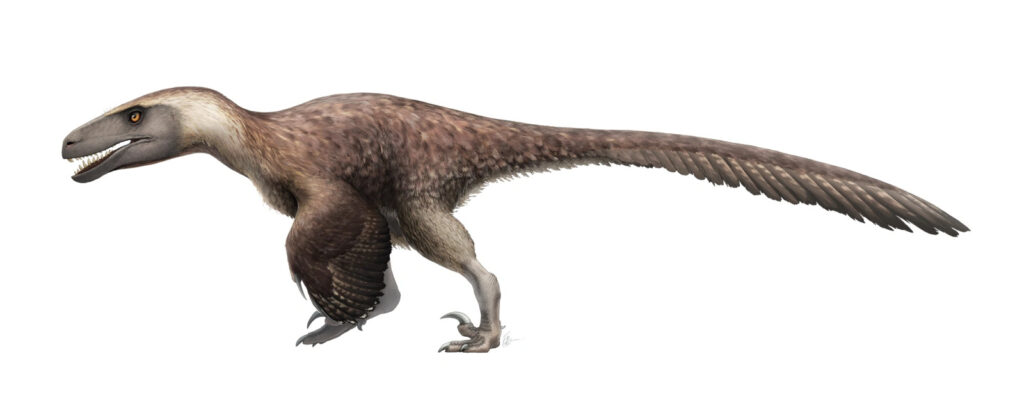
Utahraptor was a deadly predator that lived in North America during the Early Cretaceous period. It was one of the largest dromaeosaurid dinosaurs, known for its impressive size and vicious claws. Utahraptor was likely an intelligent pack hunter, using its speed and agility to overwhelm its prey.
Acrocanthosaurus

Acrocanthosaurus lived in North America during the Early Cretaceous period. This massive dinosaur had a row of spines running down its back, which may have served as a display feature or played a role in temperature regulation. Acrocanthosaurus was a formidable predator, preying on large herbivores with its sharp teeth and powerful jaws.
Baryonyx

Baryonyx was a unique dinosaur that lived in Europe during the Early Cretaceous period. Unlike most theropods, Baryonyx was semi-aquatic, spending much of its time in and around water. It had long, crocodile-like jaws filled with conical teeth, perfect for catching fish and other aquatic prey.
Ceratosaurus
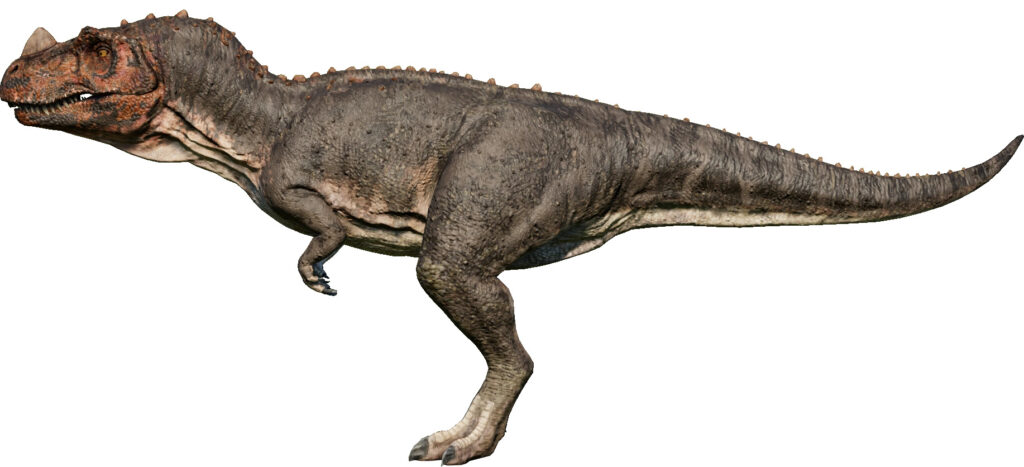
Ceratosaurus was a medium-sized predator that inhabited North America during the Late Jurassic period. It was known for the horn-like structure on its snout, which likely played a role in intra-species communication or combat. Ceratosaurus was an agile hunter, relying on ambush tactics to catch its prey.
Megalosaurus

Megalosaurus was one of the earliest dinosaurs to be discovered and named. It lived in Europe during the Middle Jurassic period. As a primitive carnivorous dinosaur, Megalosaurus was smaller than some of its later relatives but still a formidable predator.
Dilophosaurus

Dilophosaurus lived in North America during the Early Jurassic period. It was a medium-sized predator known for the pair of crests on its head. While its portrayal in movies as a venom-spitting dinosaur is largely fictional, Dilophosaurus was still an efficient hunter with sharp teeth and agile movement.
Tarbosaurus
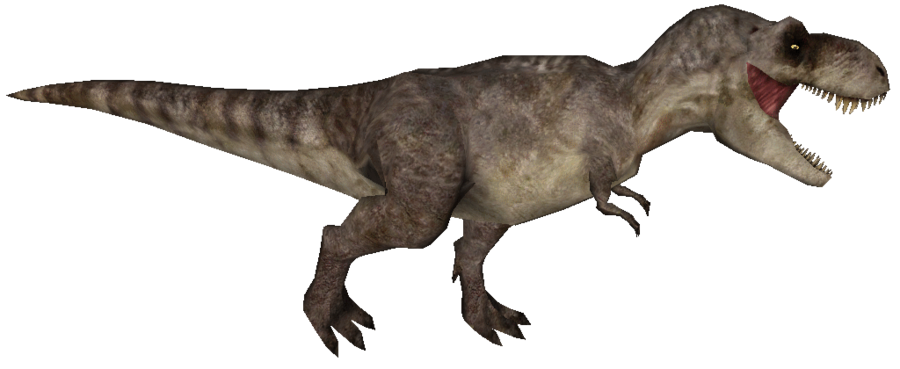
Tarbosaurus, closely related to Tyrannosaurus rex, lived in Asia during the Late Cretaceous period. It was a large, bipedal predator with a massive skull and a mouthful of sharp teeth. Tarbosaurus was one of the apex predators of its time, hunting a variety of dinosaurs to sustain its massive size.
Albertosaurus

Albertosaurus was a tyrannosaurid dinosaur that lived in North America during the Late Cretaceous period. It was smaller than its more famous relative, Tyrannosaurus rex, but no less deadly. Albertosaurus likely hunted in packs, taking down large prey with coordinated attacks.
Majungasaurus

Majungasaurus lived on the island of Madagascar during the Late Cretaceous period. It was a medium-sized predator with a robust build and a powerful bite. Majungasaurus was a dominant predator on the island, where it hunted various herbivorous dinosaurs.
Suchomimus

Suchomimus was a spinosaurid dinosaur that lived in North Africa during the Early Cretaceous period. It was well-adapted to a semi-aquatic lifestyle, using its long jaws and sharp teeth to catch fish and other aquatic prey.
Dromaeosaurus
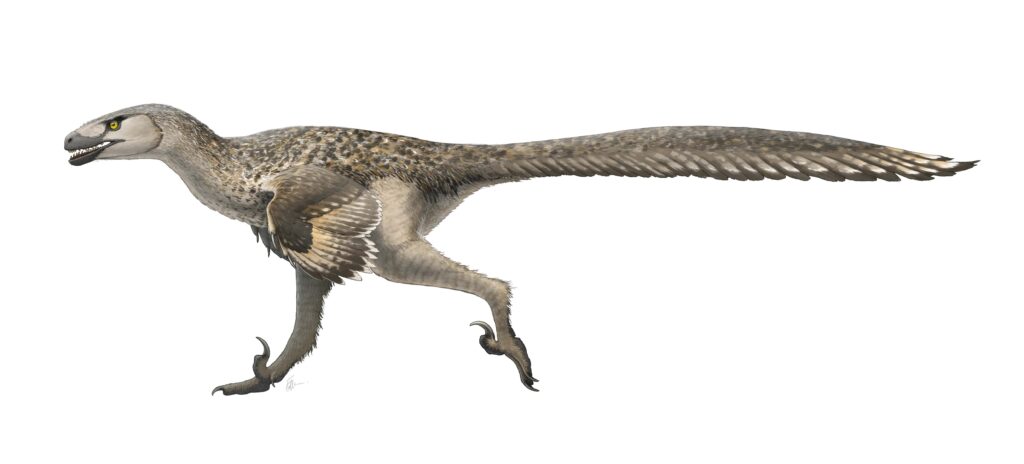
Dromaeosaurus was a small yet agile predator that lived in North America during the Late Cretaceous period. It was a member of the dromaeosaurid family, closely related to Velociraptor. Dromaeosaurus was a fast and intelligent hunter, often working in packs to bring down larger dinosaurs.
Daspletosaurus

Daspletosaurus was a tyrannosaurid dinosaur that lived in North America during the Late Cretaceous period. It was closely related to Tyrannosaurus rex and shared many similar characteristics. Daspletosaurus was a formidable predator, hunting a variety of herbivorous dinosaurs.
Sinraptor

Sinraptor lived in Asia during the Late Jurassic period. It was a large theropod dinosaur, belonging to the same family as Allosaurus. Sinraptor was a skilled hunter, using its sharp teeth and powerful jaw muscles to subdue its prey.
Saurophaganax

Saurophaganax was a massive predator that lived in North America during the Late Jurassic period. It was closely related to Allosaurus and was similarly large and powerful. Saurophaganax likely hunted sauropod dinosaurs, using its sharp teeth to deliver fatal bites.
Eustreptospondylus

Eustreptospondylus lived in Europe during the Middle Jurassic period. It was a medium-sized carnivorous dinosaur, likely preying on smaller dinosaurs and other creatures of its time.
Charcharodontosuchus
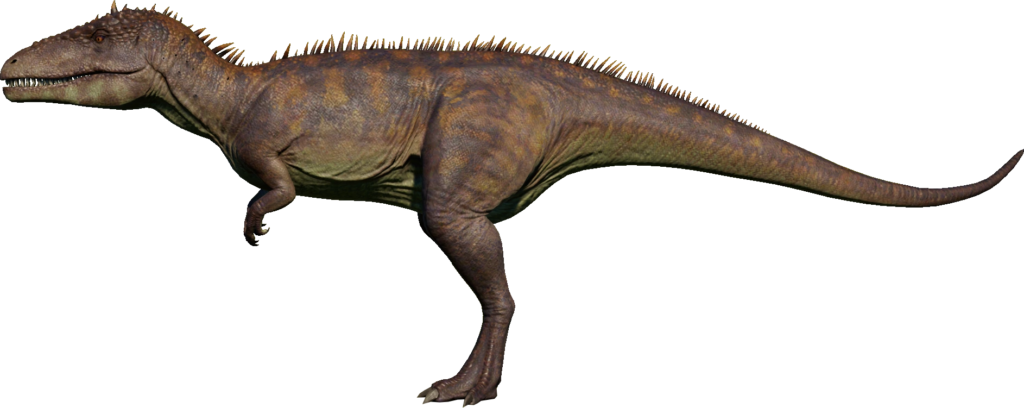
Charcharodontosuchus was a massive crocodile-like predator that lived in North Africa during the Cretaceous period. Despite its name, it was not a dinosaur but a close relative of crocodiles. Charcharodontosuchus was a fearsome predator, preying on dinosaurs and other large creatures.
Torvosaurus

Torvosaurus was a large theropod dinosaur that lived in North America and Europe during the Late Jurassic period. It was a powerful predator, preying on various herbivorous dinosaurs of its time.
Yangchuanosaurus

Yangchuanosaurus lived in Asia during the Middle Jurassic period. It was a large theropod dinosaur, similar in size to Allosaurus. Yangchuanosaurus was a skilled hunter, using its sharp teeth and claws to overpower its prey.
Ongoing Scientific Research
Paleontologists continually study carnivorous dinosaurs, and new discoveries shed light on their biology, behavior, and evolution.
The study of fossilized remains has been instrumental in unraveling the mysteries of carnivorous dinosaurs. Paleontologists have made significant fossil discoveries that shed light on their biology, behavior, and evolution. Fossilized teeth are one of the most abundant finds, providing valuable information about the diet and feeding habits of these ancient predators.
By examining the shape and wear patterns of teeth, scientists can infer the types of food that different carnivorous dinosaurs consumed.
In rare cases, fossilized stomach contents have been discovered, offering a glimpse into the last meal of a carnivorous dinosaur. Such discoveries provide direct evidence of the creatures they preyed upon and the plants they might have ingested indirectly. Additionally, coprolites, or fossilized feces, have also been found. Coprolites contain undigested remains of the dinosaur’s diet and offer further insights into their food choices.

Furthermore, the study of fossils has revealed the diversity of carnivorous dinosaurs, with new species being discovered regularly. Each find adds to our understanding of their evolutionary history and the different ecological niches they occupied.
Ongoing research aims to uncover more about the behavior and social structure of carnivorous dinosaurs, including their hunting tactics and potential pack behavior. Scientists use fossils and geological evidence to reconstruct the ancient environments in which carnivorous dinosaurs lived, providing insights into their ecological roles.
Extinction Theories
The extinction of the dinosaurs, including carnivorous species, is one of the most significant events in Earth’s history. Numerous theories have been proposed to explain this mass extinction event that occurred approximately 66 million years ago.
One of the most widely accepted theories is the impact hypothesis, which suggests that a large asteroid impact caused a chain reaction of catastrophic events, including widespread wildfires, a “nuclear winter” effect from the release of dust and debris, and a subsequent disruption of the food chain. This event led to the extinction of many species, including the carnivorous dinosaurs.
Other theories propose volcanic activity, climate change, or a combination of factors as potential contributors to the mass extinction. The ongoing study of extinction theories helps us understand the broader impacts of environmental changes on Earth’s history.
Comparative Anatomy with Modern Predators
Comparative anatomy involves comparing the anatomy and behaviors of extinct organisms with their modern counterparts. By examining similarities and differences, scientists gain insights into the evolution of specific traits and behaviors.
In the case of carnivorous dinosaurs, comparing their anatomy with that of modern-day predators, such as birds of prey and mammals, allows scientists to make inferences about their hunting techniques, locomotion, and sensory abilities.
For example, the similarity in bone structure between the legs of some theropod dinosaurs and modern-day birds supports the hypothesis that dinosaurs were the ancestors of birds.
Furthermore, studying their shared characteristics and adaptations helps us understand how these traits evolved over time and how they contributed to the success of carnivorous dinosaurs as predators.
Conclusion
Carnivorous dinosaurs were some of the most dominant and terrifying creatures to have ever walked the Earth. From the mighty Tyrannosaurus rex to the swift Velociraptor, these predators shaped the ecosystems of their time. Their hunting prowess, agility, and intelligence made them highly successful predators, and their fossils continue to fascinate scientists and enthusiasts alike.

In conclusion, the world of carnivorous dinosaurs is a captivating one, filled with remarkable diversity and survival strategies. Studying these ancient predators provides valuable insights into the dynamics of prehistoric ecosystems and the evolution of life on our planet.
FAQs
- Were all carnivorous dinosaurs as large as Tyrannosaurus rex?
No, not all carnivorous dinosaurs were as large as T. rex. There were various sizes of carnivorous dinosaurs, ranging from small and agile to massive and powerful. - Did all carnivorous dinosaurs hunt in packs?
While some carnivorous dinosaurs, like Velociraptor, are believed to have hunted in packs, not all of them did. Many hunted alone, relying on their individual hunting skills. - What was the largest carnivorous dinosaur ever discovered?
The largest carnivorous dinosaur discovered to date is likely Spinosaurus, with estimates suggesting it reached lengths of up to 50 feet or more. - Did carnivorous dinosaurs only prey on other dinosaurs?
While their primary diet consisted of other dinosaurs, carnivorous dinosaurs were opportunistic hunters and likely consumed other creatures such as smaller reptiles and mammals when the opportunity arose. - How did carnivorous dinosaurs become extinct?
The extinction of carnivorous dinosaurs, along with many other dinosaur species, is believed to have been caused by a catastrophic event, possibly an asteroid impact, around 66 million years ago. This event led to mass extinction and the rise of new life forms on Earth.

